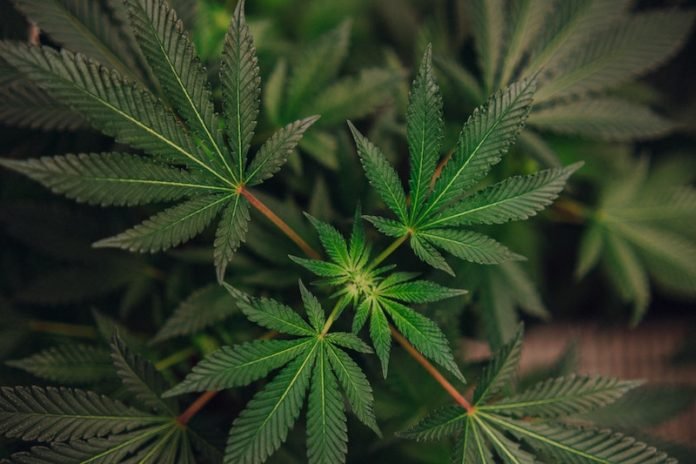
People get hurt. Sometimes, the pain lasts long, but it isn’t because of cancer. That’s what we call chronic non-cancer pain. Many people live with this kind of pain.
To make them feel better, doctors give them medicines. Some medicines are called opioids.
They are strong, but they can cause problems if used too much. There are also non-opioid medicines. These are less strong but also less risky.
Marijuana for Pain
In some places, there’s another way to deal with pain. It’s marijuana. Also known as cannabis. Some states in America allow people to use it for medical reasons.
These are called medical cannabis laws. In 37 states and Washington D.C., people with long-term pain can use cannabis. It’s another way to handle the pain.
But, people were worried. They thought maybe if folks could use cannabis, they might stop using other pain medicines.
Or, they might not go for other pain treatments. No one was sure. So, researchers decided to find out.
The Research
The researchers were from a place called Weill Cornell Medicine. They wanted to know if the medical cannabis laws changed the way people handle their pain.
So, they looked at the health insurance records of people living in pain.
They focused on 12 states with medical cannabis laws and 17 states without them. They checked who was using opioid and non-opioid pain medicines.
They also looked at who was getting other kinds of pain treatment.
What They Found
They found something interesting. The medical cannabis laws didn’t really change things. They studied the records for three years after the laws started.
They saw that the number of people using pain medicines or getting other treatments did not change much.
Why did this happen? The researchers had a few guesses. One reason might be that the laws were new, so changes were slow.
Another reason could be that many doctors were not ready to tell their patients to use cannabis for pain.
What Does This Mean?
This study tells us that even when people can use cannabis for pain, they might not change their choices.
They might stick to their usual medicines and treatments. The laws allowing cannabis for pain didn’t have a big impact.
Remember, this study only looks at people with health insurance. And it only covers a few years. More research is needed to understand the whole picture.
This study gives us some idea about how medical cannabis laws work. They are not shifting the way people handle their pain.
For now, it seems that cannabis is just another option on the table. But it’s not replacing the others.
This is an important piece of information for everyone. It helps us understand how laws and choices work in pain management.
We should always be on the lookout for new information like this. It helps us make better decisions about our health.
If you care about pain, please read studies about vitamin K deficiency linked to hip fractures in old people, and these vitamins could help reduce bone fracture risk.
For more information about wellness, please see recent studies that Krill oil could improve muscle health in older people, and eating yogurt linked to lower frailty in older people.
The study was published in the Annals of Internal Medicine. Follow us on Twitter for more articles about this topic.
Copyright © 2023 Knowridge Science Report. All rights reserved.



